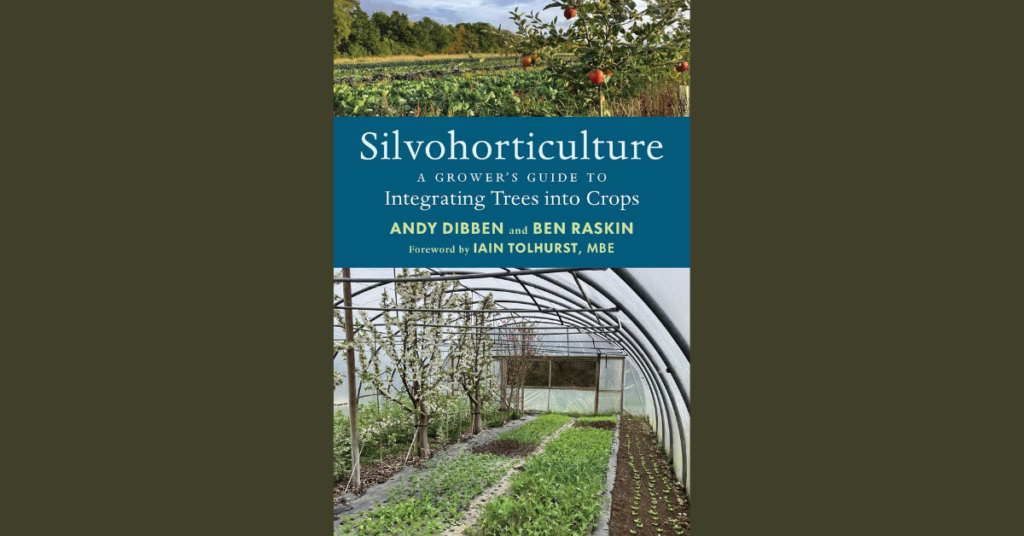Beyond the Root Cellar: The Market Gardener’s Guide to Growing and Storing Vegetables for Off-Season Sales and Food Security, by Sam Knapp
Sam Knapp wanted to be a market farmer, but he had a job that kept him on the road most of the growing season. But he noticed that even the largest local farms in his area — the Upper Peninsula of Michigan at the time (he now lives in Anchorage, Alaska) — couldn’t keep growing produce in the winter and ran out of things to sell before January. He recognized the market niche that fit his schedule: growing long-season storage crops, which require much less time to tend during the growing season, and storing them to sell during the winter months.
Beyond the Root Cellar tells Knapp’s story and shares the wisdom he learned along the way — from choosing the right varieties to the principles and relevant considerations for designing a root vegetable storage facility. He goes in depth on over a dozen specific crops and then presents a number of case studies of other farms that have mastered the art of winter storage farming and selling. Other books do a great job of teaching how to grow select crops during the winter months; this one focuses on storage crops grown during the warmer months and sold in the winter.

Knapp’s is perhaps the first such book focused on farmers, as opposed to home gardeners. He goes through the financial scenarios involved in this method of farming — anecdotally, at least, it is possible, even with the lower prices for root vegetables and the additional infrastructure costs associated with storage. Much of the book focuses on the structures themselves — why traditional root cellars may not be the best option for a profitable farm, insulation considerations, vapor barriers, floorplans and access, temperature and humidity control mechanisms, etc.
Beyond the Root Cellar won’t be applicable for every market farmer, but it highlights a type of farming that’s been mostly neglected in recent decades. Most treatments of winter farming reason that it only makes sense to grow high-yielding, high-profit crops like greens, carrots and tomatoes. But Knapp shows that market farmers don’t need to forsake potatoes, parsnips and brussels sprouts — you can be a profitable farm selling them too.
Trees & Crops
Silvohorticulture: A Grower’s Guide to Integrating Trees into Crops, by Andy Dibben and Ben Raskin
This book introduces another novel concept for market farms: the incorporation of tree crops into vegetable fields. The authors make the case that properly managed trees in and around vegetable plots can benefit vegetables via reducing wind, preventing water logging, reducing soil erosion, increasing pollinator and beneficial predator populations, providing shade and more. “Properly managed” is the key term here, and the book aims to help growers understand the limitations and possible downfalls of this new type of agricultural synergy.














